Have you ever been captivated by the enchanting world of stop-motion animation? Do you find yourself wholly immersed in the idea of breathing life into inanimate objects, one frame at a time?
How to become a stop-motion animator? The path to becoming a stop motion animator is one of limitless opportunity and artistic experimentation.
We’ll show you the detailed steps that will take you into the intriguing realm of stop-motion animation in this extensive post.
This helpful post is your key to opening the door to a world where imagination knows no limitations, whether you’re a curious beginner or a budding animator.
So let’s set out on this fascinating adventure together!
Who is a Stop-Motion Animator?
A stop-motion animator is a well-trained artist in the realm of filmmaking who employs a distinctive technique of starting and stopping the camera to capture a sequence of images or objects.
This technique is used to create an alluring illusion of movement. Stop-motion animators frequently specialize in manipulating various object materials.
The core of their work is the painstakingly taken individual frames, each showing minute changes. And these slight changes, when played consecutively, generate the mesmerizing illusion of motion.
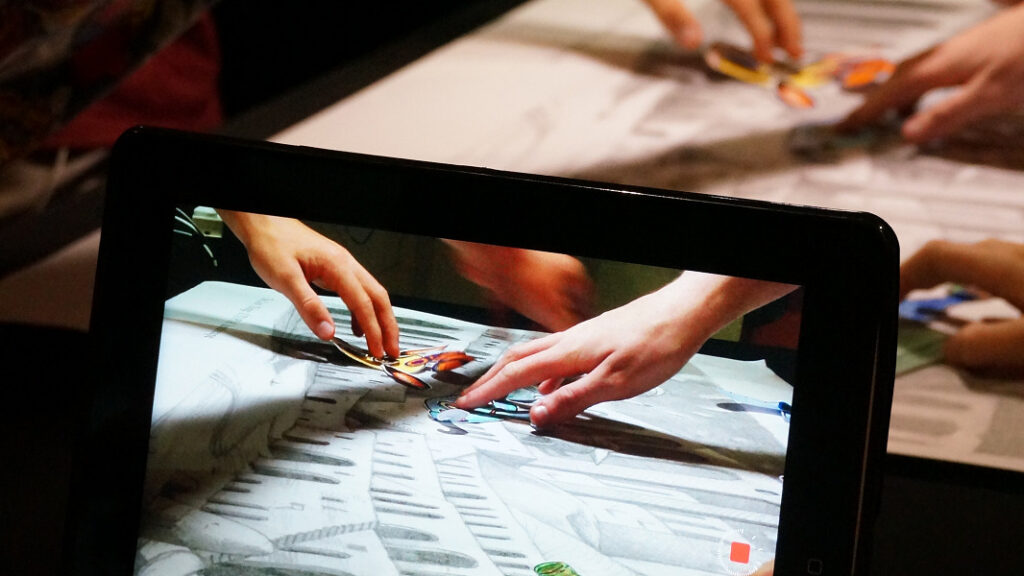
What is the work of a stop-motion animator?
By the painstaking manipulation of materials and the beauty of animation, a stop-motion animator plays a crucial part in bringing artistic vision to life.
- Arranging puppets, clay figures, or images in sequential order and making necessary adjustments for each shot.
- Skillfully managing lighting setups to achieve impeccable animation quality.
- Collaborating closely with the director to comprehend the specific scene requirements and artistic vision.
- Reviewing storyboards to gain a comprehensive understanding of the scene’s objectives.
- Expertly capturing photographs of both 2D and 3D images and objects to facilitate the animation process.
- Diligently examining digital footage to ensure that the animations are seamless, clean, and convincingly realistic.
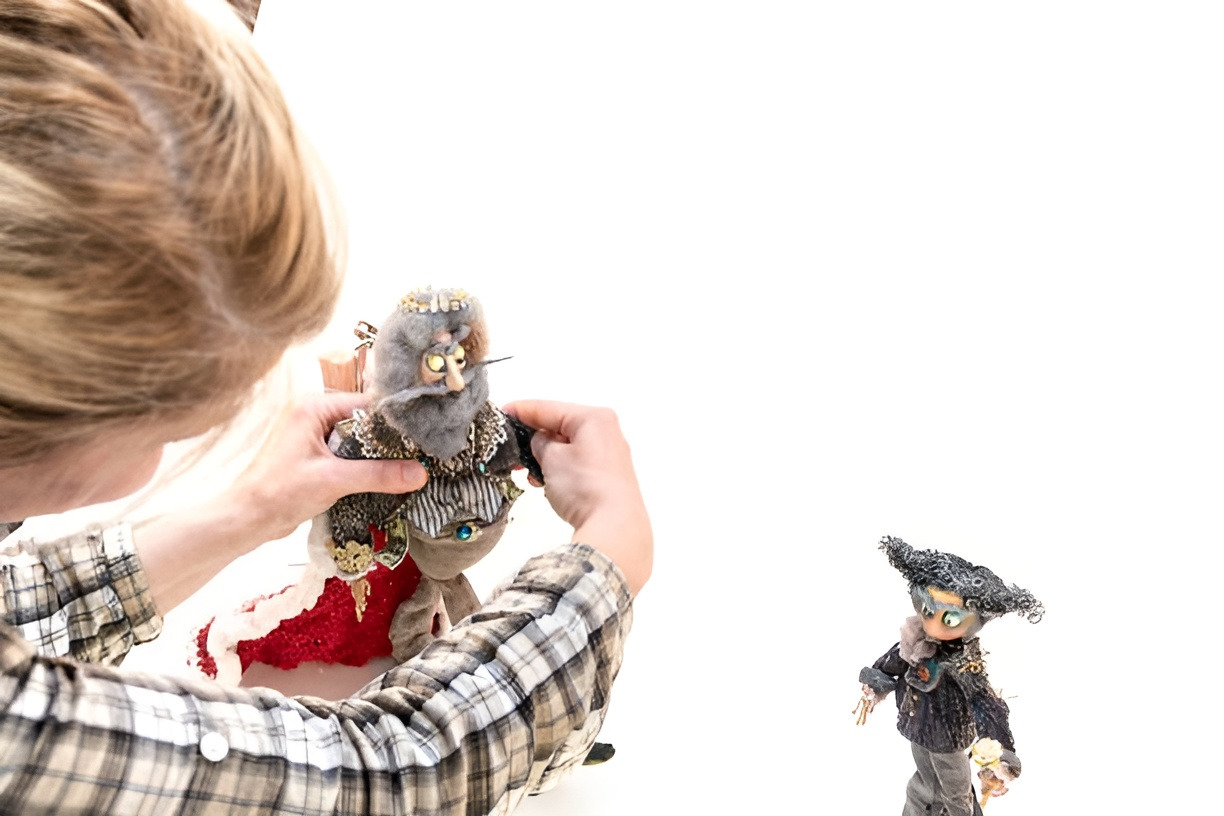
How to Become a Stop-motion Animator
You can follow several steps to embark on your journey as a stop-motion animator. I’ve been in this position for many years, so I’ll share with you the detailed steps in this section. Scroll down to see!
1. Starting with Basic Skills
Developing a solid foundation in several essential areas is necessary before starting your journey to becoming a stop-motion animator. These basic skills will serve as the building blocks for your animation expertise:
Learn the Fundamentals of Animation
It’s imperative to understand the fundamentals of animation before plunging headfirst into the exciting realm of stop-motion.
You will be guided as you give inanimate objects life by comprehending ideas like time, spacing, and the art of movement.
Timing
Animation is all about timing. It’s about determining how long each frame should appear to create the desired motion.
Whether it’s a subtle movement or an explosive action, mastering timing is the key to conveying emotions and narratives effectively.
Spacing
The spacing of frames determines the speed and flow of your animation. You can manage the dynamics and produce slick, fluid movements by learning to regulate spacing.
Easing
Easing is the gradual acceleration or deceleration of motion between frames. Your animations will feel more authentic and natural as a result, which will increase their impact and plausibility.
Learn about Stop-Motion Techniques
Stop-motion animation is a unique and captivating medium. It entails taking separate frames, each of which depicts a brief movement sequence. To start, become acquainted with the fundamental stop-motion techniques.
Frame-by-Frame Animation
In stop-motion, every frame is meticulously planned and captured. This approach includes moving objects or characters just a little bit between frames to give the impression of motion.
Puppetry and Character Movement
Whether you’re working with clay figures, puppets, or objects, understanding how to manipulate them effectively is essential. Study the art of puppetry to bring your characters to life convincingly.
Timing and Pacing
Just like in traditional animation, timing and pacing are crucial in stop-motion. Investigate various frame rates and how they impact how viewers perceive motion in your animations.
Gain a Sharp Eye for Detail
Precision and meticulousness are essential to successful stop-motion animation. You need to train yourself to be a meticulous observer and creator:
Observation
Pay close attention to the world around you. Examine how things move, how light interacts with surfaces, and how people act to portray emotion. Your animations will benefit from these observations.
Patience
Stop-motion is a patient person’s art form. Be ready for frame-by-frame attention to detail. Your greatest tool for obtaining perfection will be patience.
Problem-Solving
Animation often presents challenges. In the field of stop-motion, being able to solve problems is crucial, whether it’s figuring out how to take a certain action or debugging technical issues.
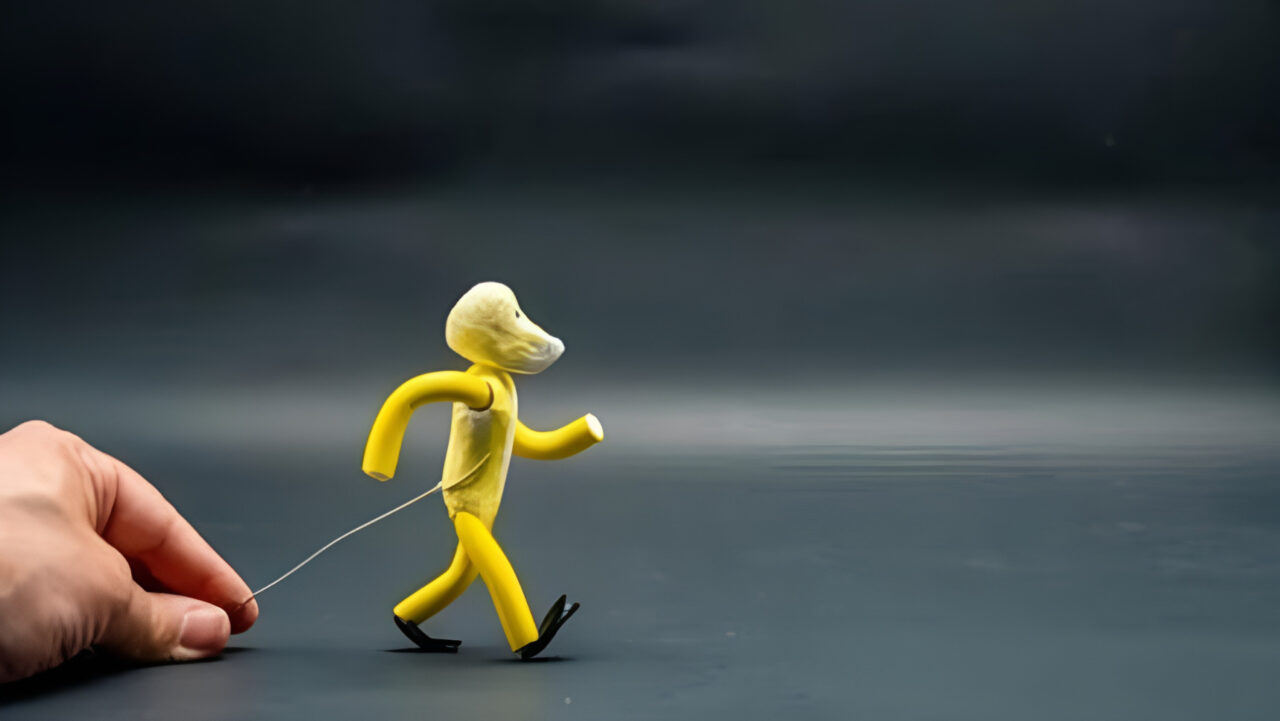
2. Getting essential Equipment and Software
You’ll need the necessary equipment and software to continue exploring the realm of stop-motion animation. These are the essential components that will empower your creativity and bring your animated visions to life.
Camera Options for Stop-Motion
The appropriate camera must be used to create stop-motion animations of the highest caliber. Consider the following camera options:
DSLR Camera
DSLRs are versatile and offer excellent image quality. Choose one that has manual settings for the shutter speed, aperture, and focus, which give you complete control over your photographs.
Mirrorless Cameras
These cameras are portable and produce excellent images. They are useful for stop motion since they have manual controls and interchangeable lenses.
Webcams
Webcams might be a good alternative for beginners because they are often less expensive and less powerful than DSLRs or mirrorless cameras. They are simple to set up and can deliver results for straightforward animations.

Tripods and Stabilizers
Steadiness is essential in stop-motion animation to ensure each frame aligns perfectly with the previous one. To stop unintentional camera movement, you should select choices that permit accurate adjustments and stable alignment.
Lighting Setup
Your animations’ quality greatly depends on the lighting. A carefully thought-out lighting arrangement can highlight materials, provide shadows, and create an atmosphere for your compositions. Consider the equipment:
Softboxes: Softboxes diffuse light evenly, reducing harsh shadows and creating a flattering look for your subjects.
LED Lights: LED lights are adaptable for a variety of stop-motion settings since they are energy-efficient and have brightness and color temperature controls.
Reflectors: Reflectors can bounce light onto your subject or fill in shadows, enhancing the overall lighting quality.

3. Building Your Animation Set
You must carefully evaluate your animation set if you want to produce an engaging stop-motion animation. From the workspace to the props, characters, and backgrounds, every element contributes to the visual storytelling.
Here’s a breakdown of how to build your animation set:
Creating a Workspace
To become a stop-motion animator, you need to take note of the creative process that happens in your workspace. To set the stage for your animations:
Dedicated Space: Designate a specific area for your animation work. This keeps your supplies and equipment in order.
Stability: Ensure your workspace is stable and free from vibrations to prevent unintended camera movement during shooting.
Comfort: Make it a comfortable place to work. A comfortable chair and adequate lighting are necessary because you’ll be working on your animations.
Organization: Organize your materials, tools, and equipment for easy access. By doing this, disruptions to your animation sessions are reduced.
Making Characters and Props
Creating or choosing the right props and characters is crucial for conveying your story effectively:
Materials: Depending on your vision, you might use clay, wire, foam, or even everyday objects to craft your characters and props.
Attention to Detail: Pay meticulous attention to the details of your characters. Small nuances in expression and movement can bring them to life.
Consistency: Ensure your characters and props maintain consistent appearances throughout the animation to maintain continuity.
Designing Sets and Backgrounds
Backdrop Options: Choose between physical sets, painted backgrounds, or digital backgrounds, depending on your style and resources.
Scenic Elements: Add depth to your scenes with props, furniture, and objects that suit the narrative.
Lighting Integration: Design your sets to accommodate lighting setups for various scenes. To create mood and ambiance, play around with different lighting angles and intensities.
Scale and Proportion: Pay attention to the scale and proportion of your sets and characters to ensure everything looks coherent and believable.
You should spend time planning and developing a setting that enhances your story and captures the attention of your audience. Your stop-motion creations come to life in a captivating way with a well-designed animation set.
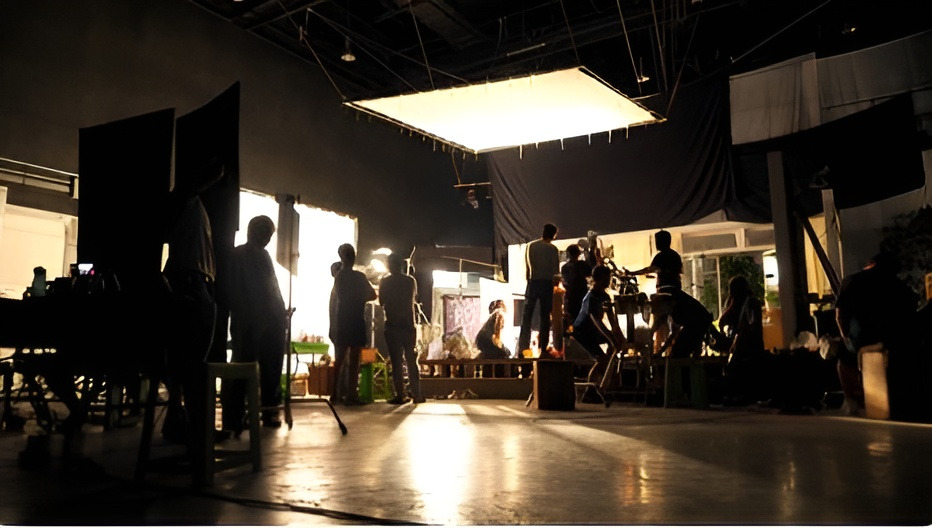
4. Developing Stop-Motion Skills
Various strategies that give your work life are crucial to mastering stop-motion animation. These techniques are the essence of stop-motion animation, and a deep understanding of them will elevate your job!
Frame-by-Frame Animation
Frame-by-frame animation is the heartbeat of stop-motion. It involves taking a series of discrete frames, each one catching a tiny movement or change. Here’s how to master this technique:
Precision: Ensure that each frame is meticulously planned and executed. Even the tiniest movement must be deliberate and precise.
Onion Skinning: Use onion skinning, a feature in animation software, to overlay the previous frame on your live view. This enables you to assess the uniformity of the movement and make the required corrections.
Testing: Frequently review your animation’s progress by playing back your frames. This enables you to spot any problems early on in the process.
Timing and Pacing
Timing: Experiment with different frame rates to achieve various effects. Storytelling requires an understanding of how time influences the motion.
Pacing: Control the pacing of your animation to match the narrative’s rhythm. Faster movements denote excitement, while slower ones convey contemplation.
Storyboarding: Plan your animation sequences through storyboarding, indicating the key moments and timing of each shot.
Practice Patience: Stop-motion requires patience. It’s not uncommon to spend hours for just a few seconds of animation. Accept the process, and remember that in this type of art, patience is a virtue.
Mastery of frame-by-frame animation, character movement, timing, and pacing will set you on the path to becoming a proficient stop-motion animator!
5. Recording and Editing
The stop-motion animation method depends heavily on the recording and editing stages. The final level of quality and consistency of your animation is determined by these processes. Let’s examine each in more detail:
Setting up Your Camera for Capture
The camera setup is a critical factor in achieving professional-quality stop-motion animations:
Stability: Ensure your camera is securely mounted on a tripod or stabilizer to prevent unintended movement during capture.
Focus: Manually set your camera’s focus to ensure that your subject remains sharp and clear throughout the animation.
Exposure Settings: To get the amount of lighting and image quality, change the camera’s exposure settings with the aperture, shutter speed, and ISO.
Image and sequence capture
Consistency: You should maintain consistent lighting, framing, and camera settings throughout your animation to create a seamless visual flow.
Review and Adjust: Periodically review your captured frames and make any necessary adjustments to ensure the animation’s fluidity and consistency.
Backups: Regularly back up your image sequences to prevent data loss in case of technical issues.
Post-Production and Editing Tips
Editing Software: Import your image sequences into video editing software with applications like Adobe Premiere Pro or Final Cut Pro X.
Frame Rate: Adjust the frame rate to control the speed of your animation. Common frame rates include 24 frames per second (fps) for a cinematic look or 30 fps for smoother motion.
Sound and Music: Add sound effects and music to enhance the viewer’s experience. Sync audio with the animation’s timing for maximum impact.
Remember that the editing phase is where your animation truly comes together. It’s a chance to improve the visual quality, storyline, and finishing touches that turn good stop-motion animation into extraordinary work.
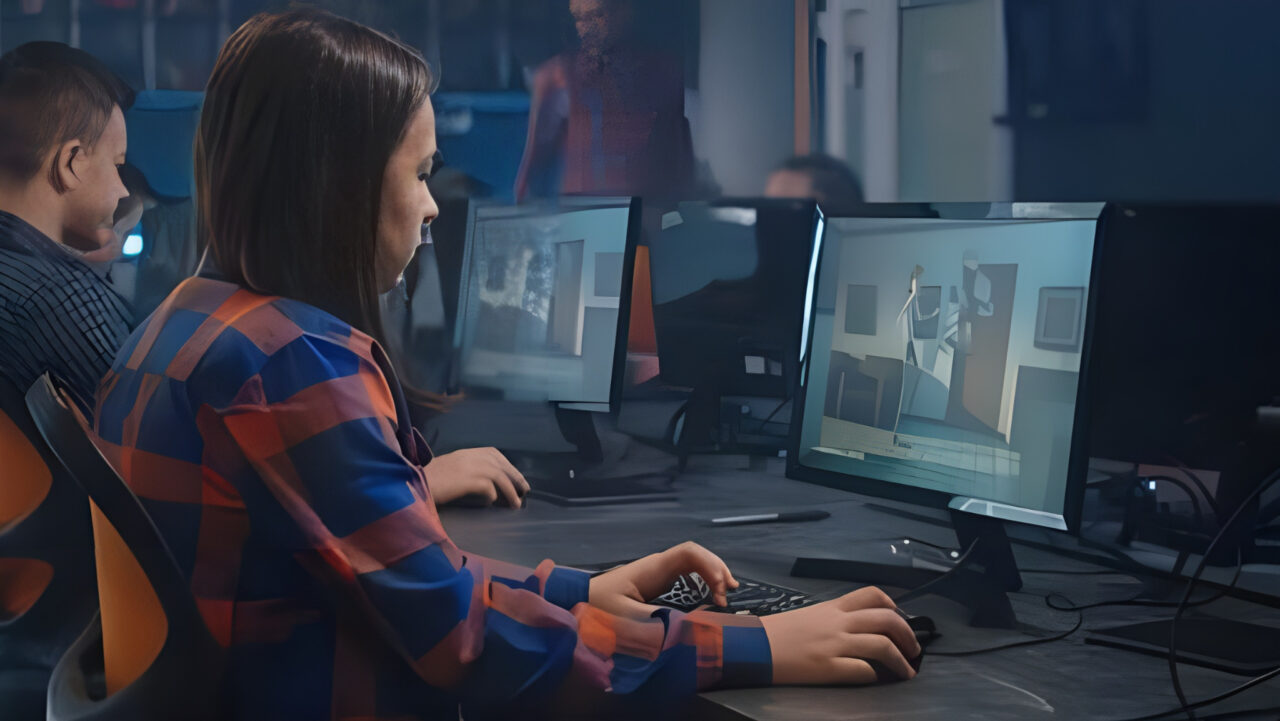
6. Creating a Portfolio
To demonstrate your abilities and obtain chances as a stop-motion animator, developing a solid portfolio is essential. Here’s how to effectively build and present your portfolio.
Building a Demo Reel
A demo reel is a concise compilation of your best work that provides a quick glimpse into your abilities:
Select Your Best Work: Choose a selection of your top animations that showcase your skills, creativity, and versatility.
Edit Carefully: Craft a well-edited demo reel that highlights key moments from your animations. Pay attention to pacing and flow.
Include Variety: Showcase a range of styles, techniques, and subjects to demonstrate your breadth as an animator.
Showcasing Your Work Online
In today’s digital age, an online presence is essential for reaching a broader audience and potential clients:
Website or Portfolio Platform: Create a professional website or use portfolio platforms like Behance or Vimeo to showcase your work.
High-Quality Images and Videos: Present your animations with high-resolution images or videos. Give each project a description and background information.
Blog or Updates: If you want to share your opinions, your creative process, or behind-the-scenes tales, think about adding a blog or an update area. This will interest your audience and show them your knowledge.
Social Media: Utilize social networking sites to interact with other animators, share clips of your work, and connect with future customers.
Networking Within the Animation Community
Attend Animation Events: You can participate in animation festivals and conferences to meet industry professionals and fellow animators.
Online Communities: Join online forums, social media groups, and platforms to animation. Participate in debates, present your work, and seek counsel.
Collaborate: Collaborate with other animators on projects or join animation collectives. It broadens your skill set and provides access to new opportunities.
Mentorship: You should consider finding a mentor. Mentorship connections can be a great source of advice and support as you pursue animation.
7. Gaining Experience
The key to developing your abilities and launching a lucrative career as a stop-motion animator is to get real-world experience. Here are several ways to pick up useful experience.
Opportunities for Internships and Entry-Level Work
Animation Studios: In animation studios, submit applications for internships. These changes offer practical training and exposure to expert workflows.
Assistant Roles: Seek positions as animation assistants or production assistants. These positions give you the chance to learn from seasoned animators.
Freelancing and Personal Projects
Freelancing: Offer your animation services on freelancing platforms. While building a clientele, freelancing gives you the chance to work on many tasks.
Personal Projects: Create your stop-motion animations. You have total creative control over projects, which lets you try out new methods and aesthetics.
Working along with Other Animators
Join Animation Groups: Connect with other animators through local or online animation groups. These contacts often lead to collaborative ventures.
Animation Collectives: Consider joining or forming an animation collective with fellow animators. Shared resources, teamwork, and collective promotion are all made possible by collectives.
Experience will come with time. Be willing to learn new things, look for possibilities that fit your interests, and don’t be afraid to take on difficult tasks.

8. Finding Jobs and Self-Promotion
For a successful career in stop-motion animation, you must successfully market yourself and seek out job opportunities. Here are some tips for you.
Creating a Professional Online Presence and Website
Establishing a strong online presence is crucial for showcasing your work and attracting potential clients or employers:
Professional Website: Create a professional website that includes your portfolio, resume, contact information, and a blog or updates section.
Showcase Your Work: Feature high-quality images and videos of your animations, along with descriptions and context for each project.
Social Media: Utilize social media channels to share your work, interact with viewers, and establish connections with animators and possible customers.
Blogging: Maintain a blog or updates section to share insights, behind-the-scenes stories, and your creative process.
Looking for Employment Chances in Animation Studios
Working in animation studios can provide valuable experience and exposure to a wider audience:
Job Portals: Use job portals and websites dedicated to the animation industry to search for job openings in animation studios.
Networking: Leverage your connections within the animation community to learn about job opportunities. Attend animation events and conferences to network with professionals.
Apply Strategically: Tailor your applications and cover letters to each studio and position you apply for. Highlight relevant skills and experiences.
Marketing Your Skills as a Freelance Animator
Freelancing Platforms: Join freelancing platforms like Upwork, Freelancer, or Fiverr to offer your animation services. Make a profile that is interesting and highlights your abilities and portfolio.
Networking: Build a network of clients and collaborators through your online presence and connections within the animation industry.
Marketing Materials: Develop marketing materials such as business cards and promotional videos to showcase your services to potential clients.
Online Reputation: Deliver high-quality work and maintain a positive online reputation through client reviews and recommendations.
Keep in mind that promoting yourself is a continuous effort. To be competitive in the stop-motion animation industry, you must maintain your internet presence, look for new prospects, and hone your marketing techniques.

Conclusion
In your journey as a stop-motion animator, embrace creativity, continuous learning, and persistence. Share your unique stories through animation, and your passion will drive your success.
Hopefully, the steps we’ve outlined can make your journey into becoming a stop-motion animator more manageable.
If you have any additional questions or need further guidance, please don’t hesitate to reach out. Thank you for dedicating your time to peruse this article!
